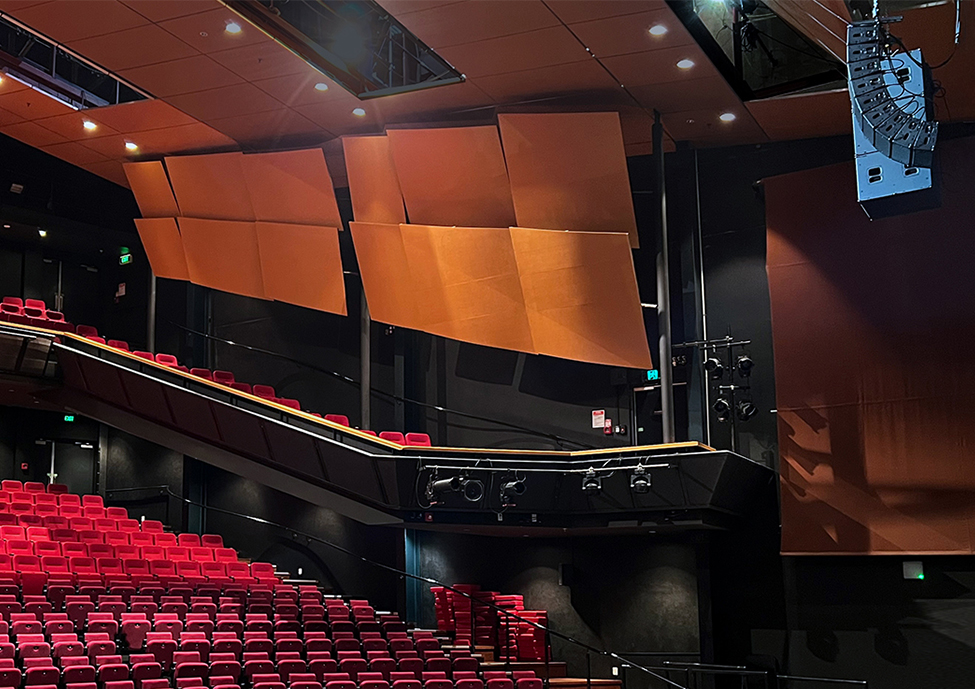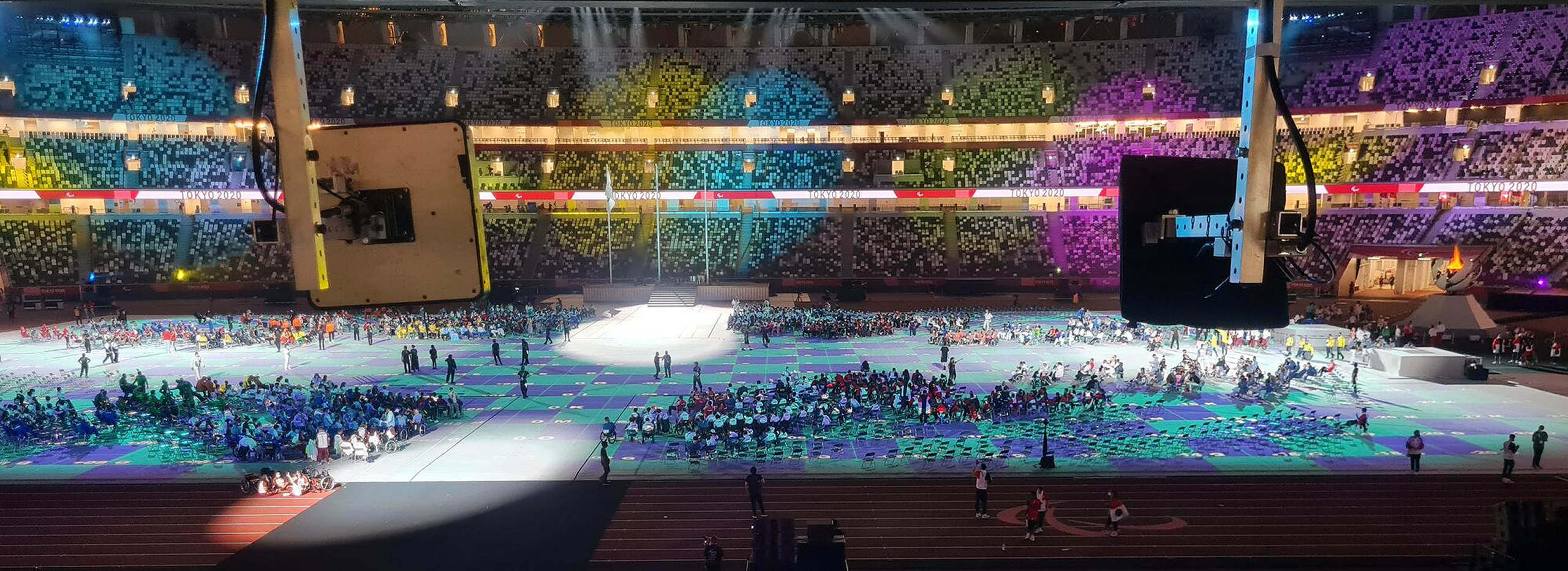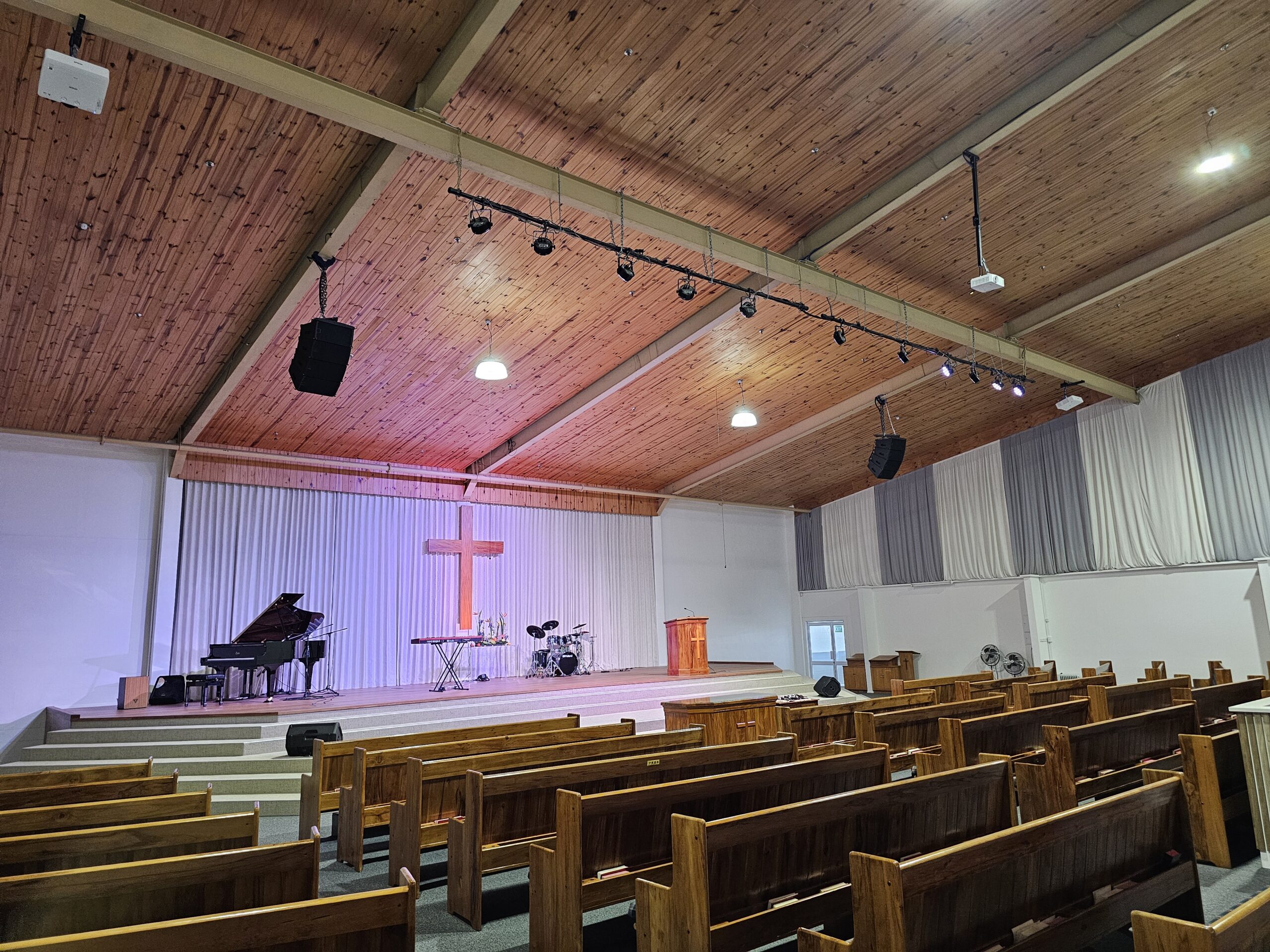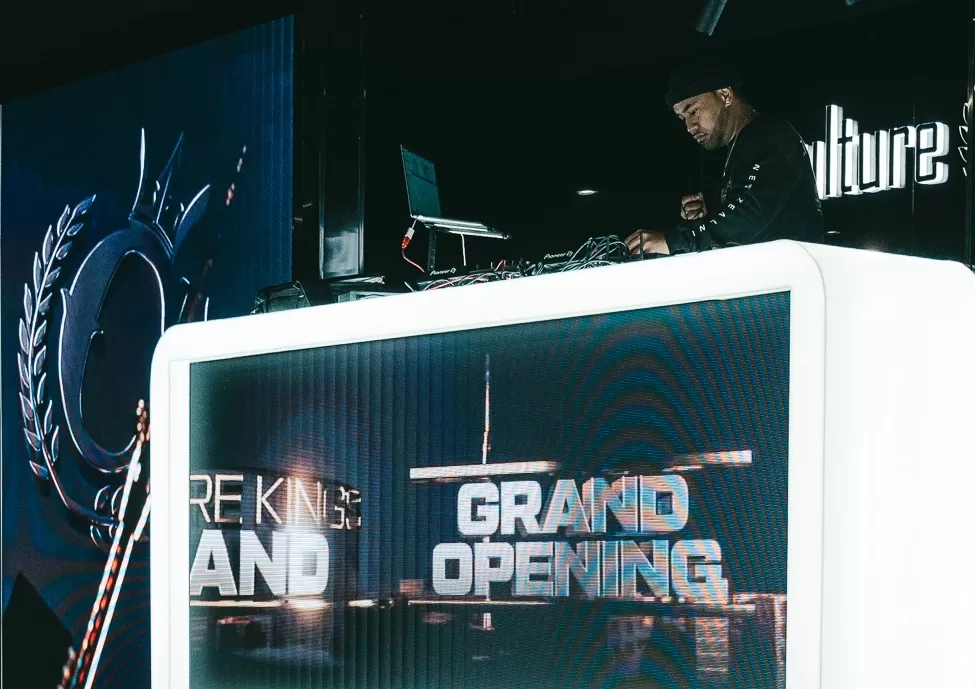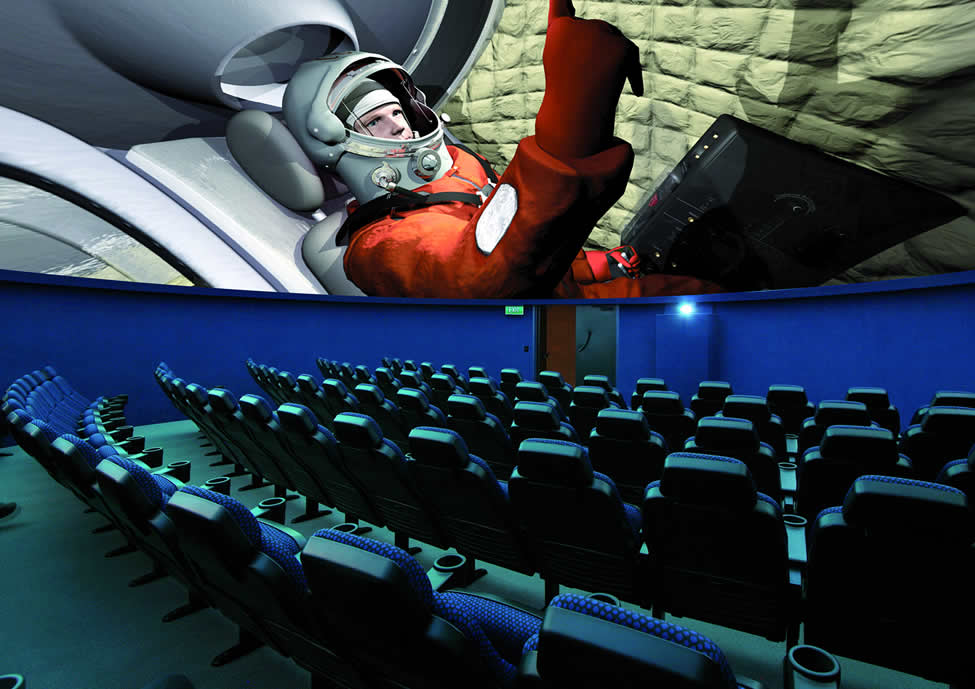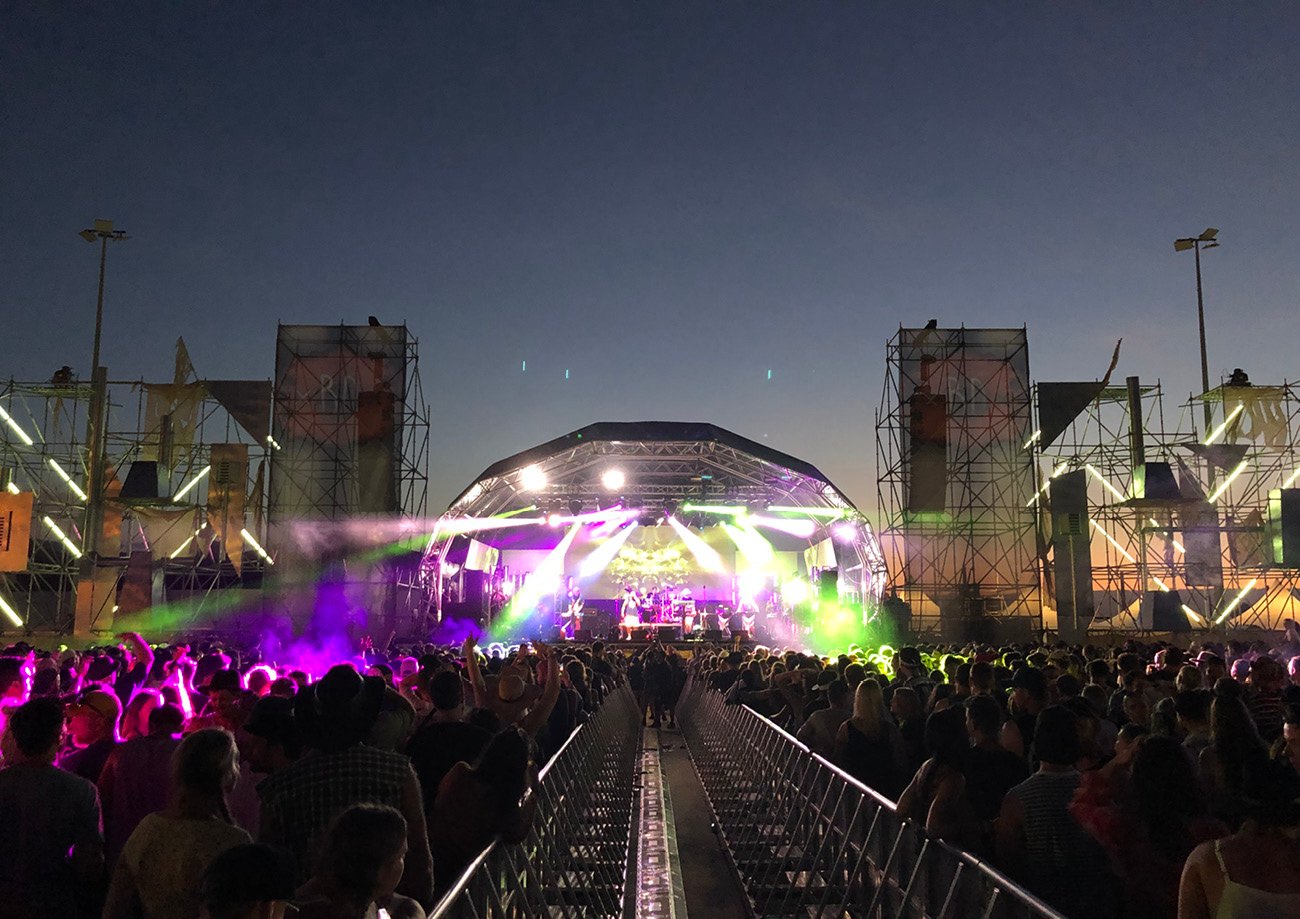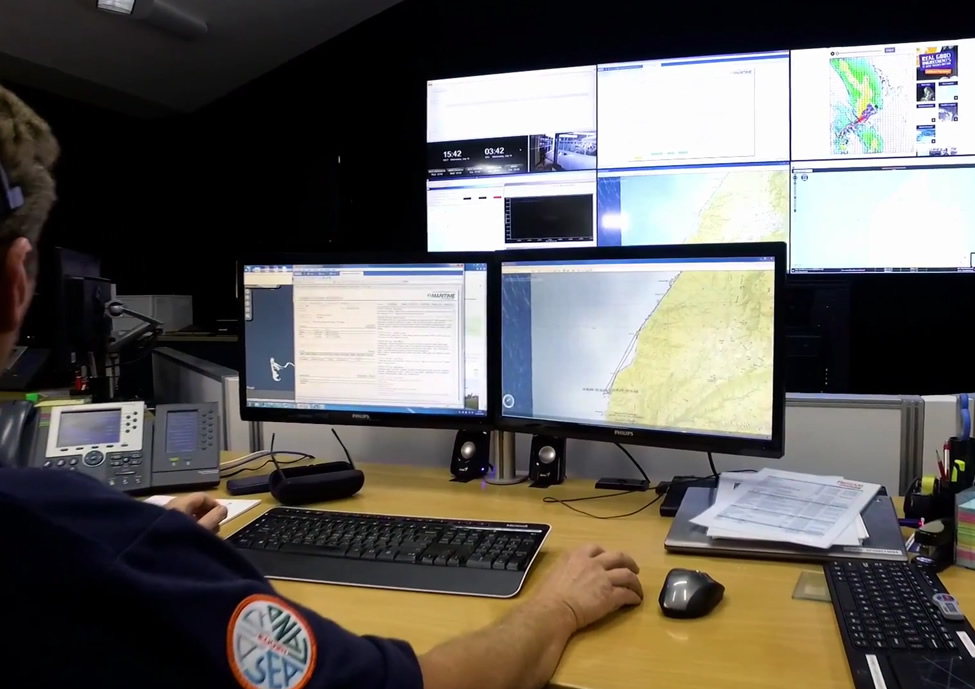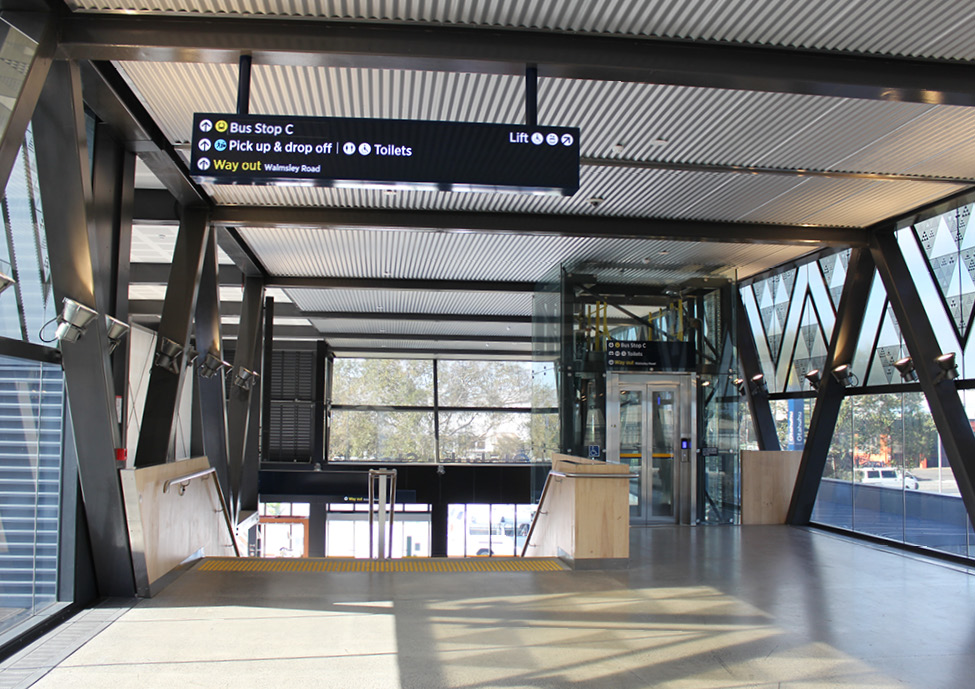The 2020 Summer Olympic Games, originally scheduled for 2020, was postponed due to Covid-19 and eventually took place in Tokyo, Japan from 23 July to 8 August 2021.
As part of the drastic measures taken to curb the spread of the virus, events took place entirely behind closed doors in the Japanese capital which was declared a state of emergency over the pandemic.
The Games saw 339 events take place in 33 sports, including new sports such as surfing, karate, rock climbing, skateboarding and baseball/softball.
Coordinating and monitoring radio frequencies for wireless microphones and in ear monitors for an event of this size requires many months of careful preparation. RF Engineer Steve Caldwell, based at the NW Group in Sydney Australia, has managed RF at every Olympics since 2000 (with the exception of Beijing). Steve relies extensively on the RF Venue CP Beam helical antenna in his RF system designs.
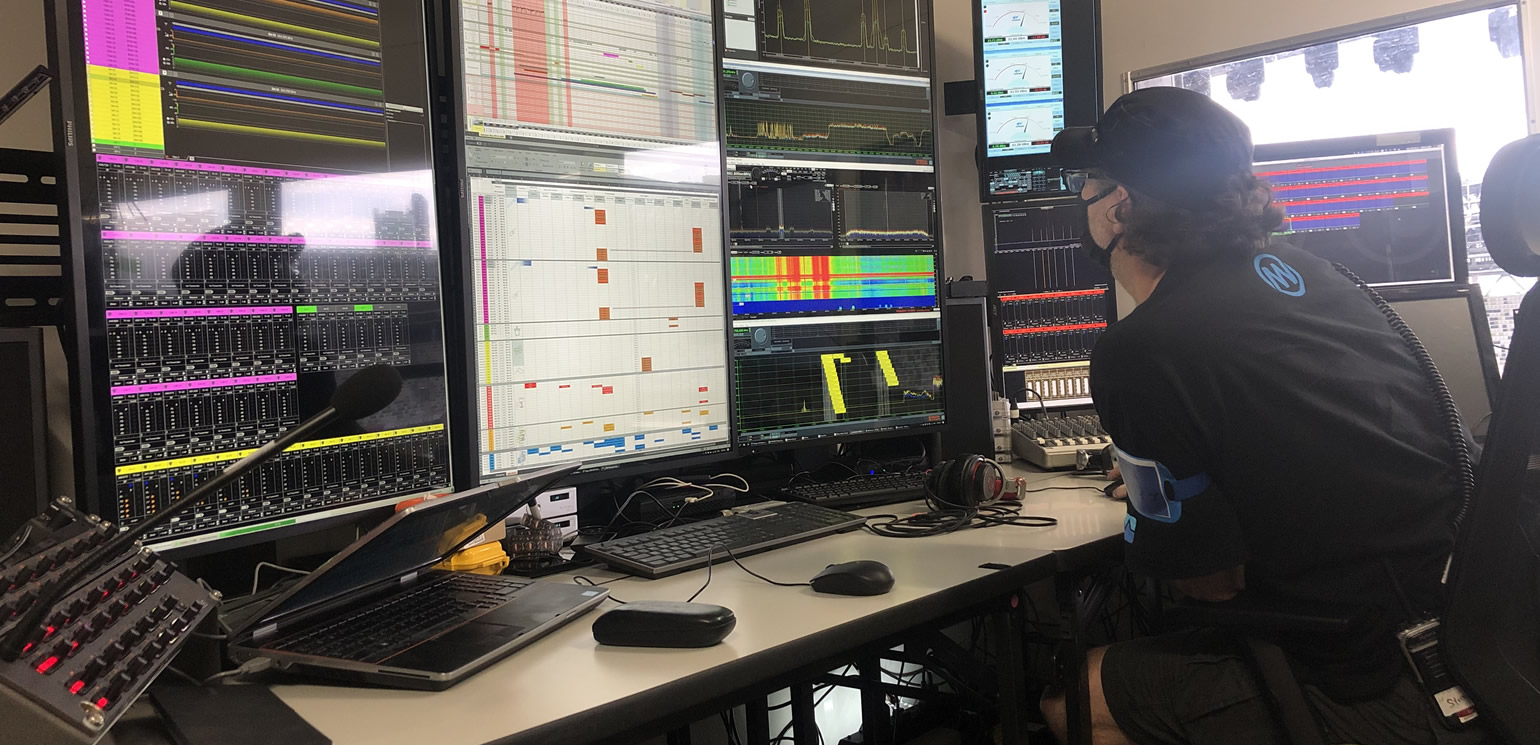
“Two brands of antenna and models were installed at FOH, however the CP Beams were chosen after significant testing, due to their excellent front to back ratio and ideal beamwidth pattern.”
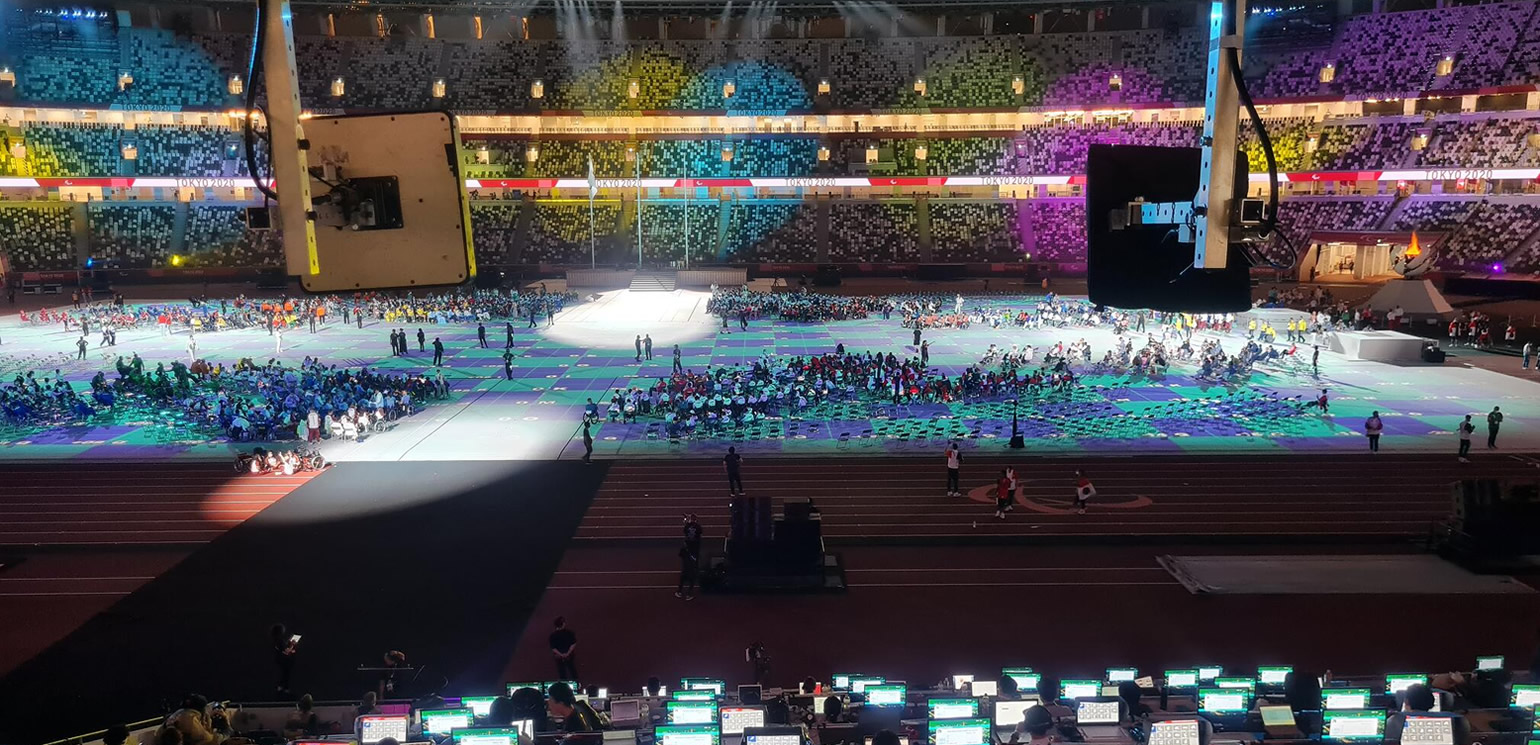
The RF Venue CP Beams were used as the primary receiving antennas for the radio microphones at all 4 Ceremonies, as well as the rehearsal periods: A pair of CP Beams at the FOH position on the western side of the stadium and another pair, connected by an RF over Fibre link, on the north-east side of the stadium.
The two pairs of CP Beams fed the inputs of the Axient Digital receivers, which were used in Quadversity mode. A third pair of RF Venue CP Beam antennas was used on a separate receiver position under the performance stage.
“Two brands of antenna and models were installed at FOH, however the CP Beams were chosen after significant testing, due to their excellent front to back ratio and ideal beamwidth pattern,” says Steve Caldwell.
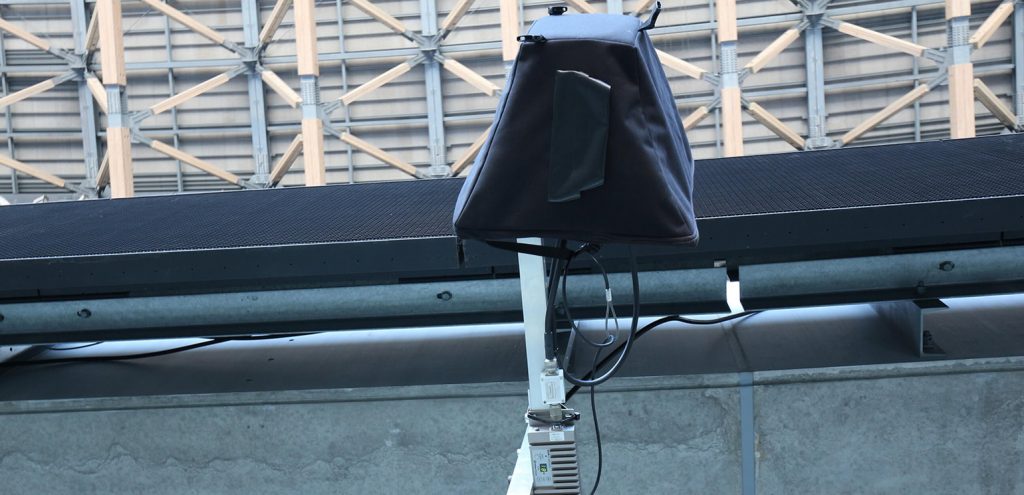
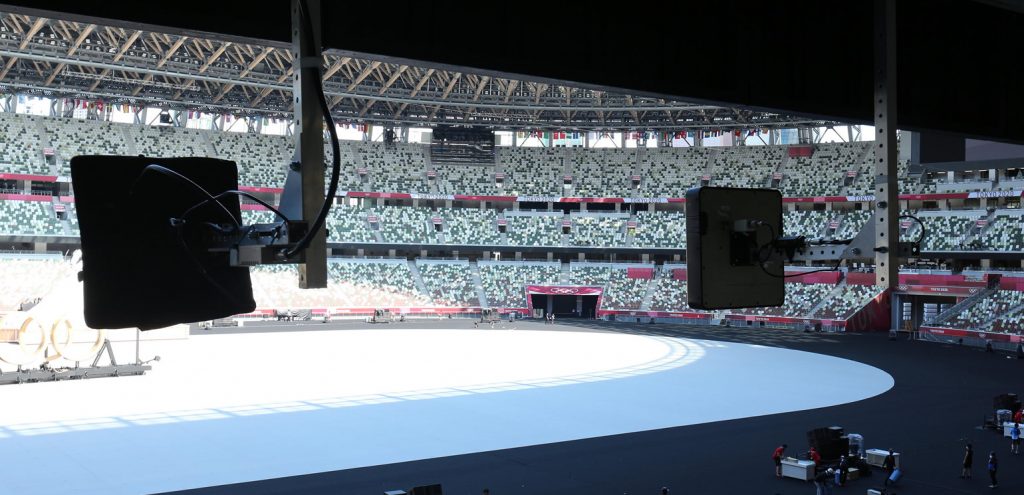
“All radio microphones used across the bandwidth exhibited excellent coverage due to the helical antennas.”
After careful planning and coordination, everything worked flawlessly with no drop out.
“All radio microphones used across the bandwidth exhibited excellent coverage due to the helical antennas, with very low interference as a result of the RF Venue CP Beams excellent front to back ratio,” says Steve. “This effectively eliminated most RF noise sources from the stadium concourse behind. All antennas were exposed to full weather conditions for 4 months during the time of the Olympics set up, with no issues of any kind.”
